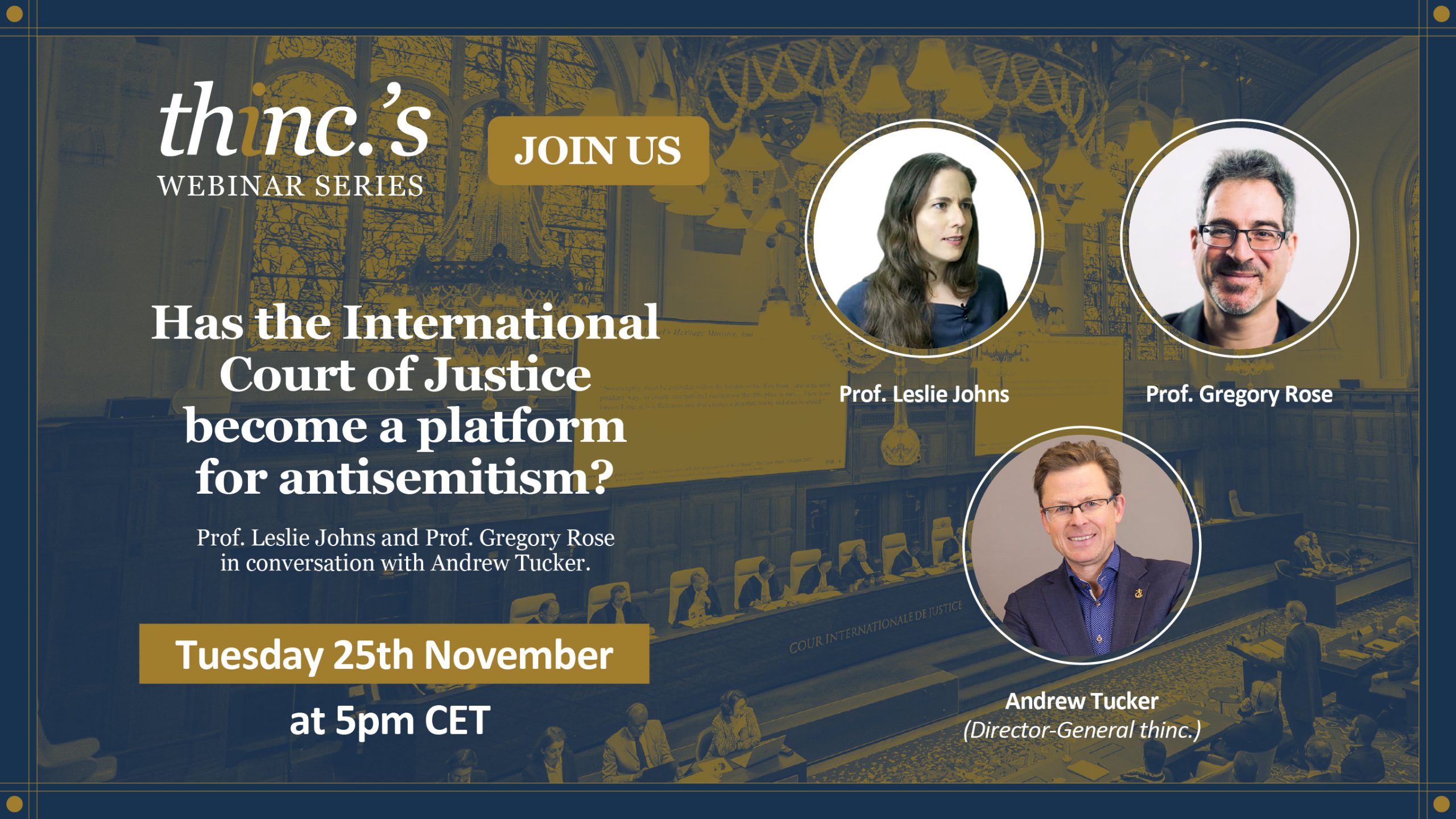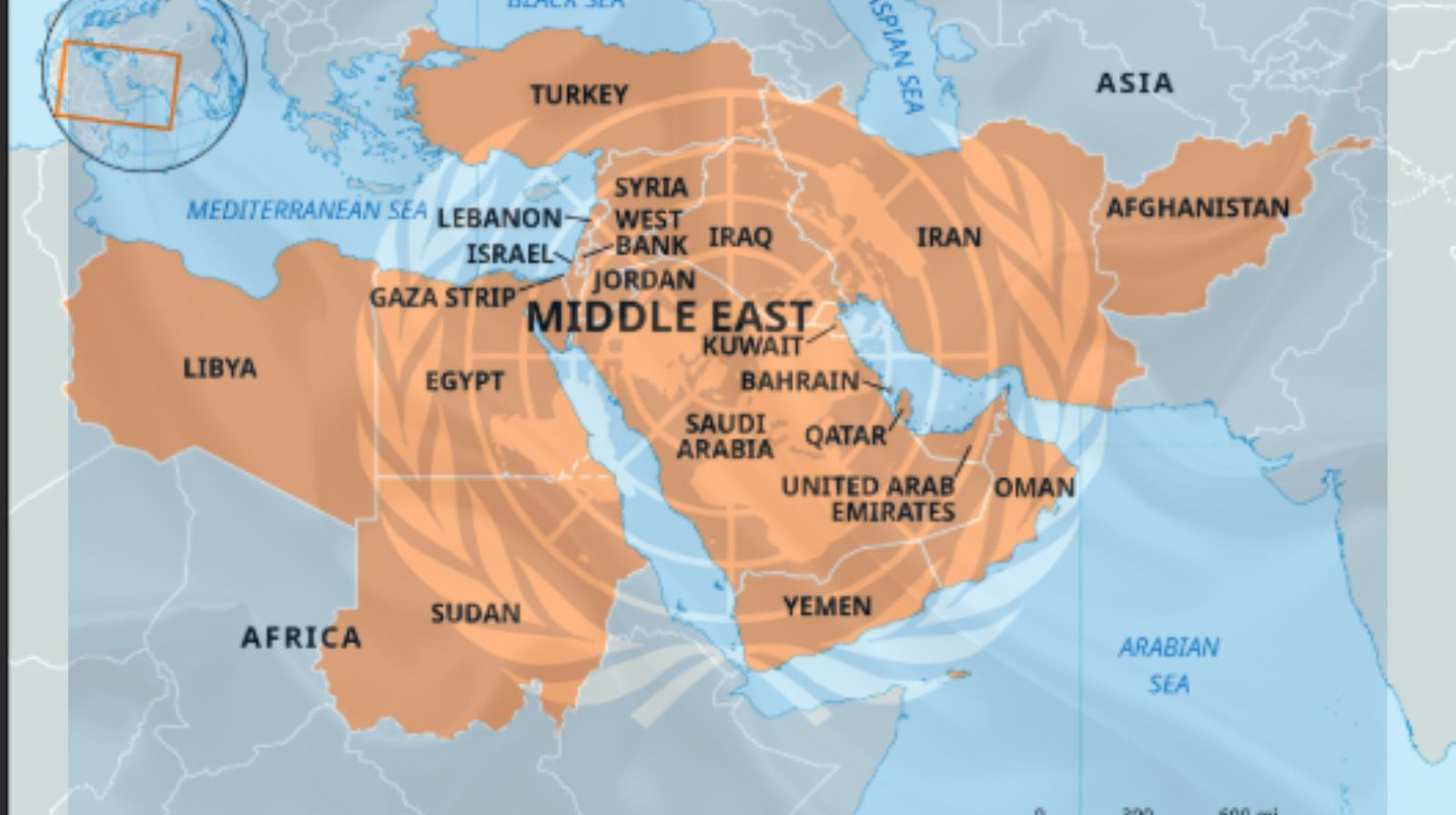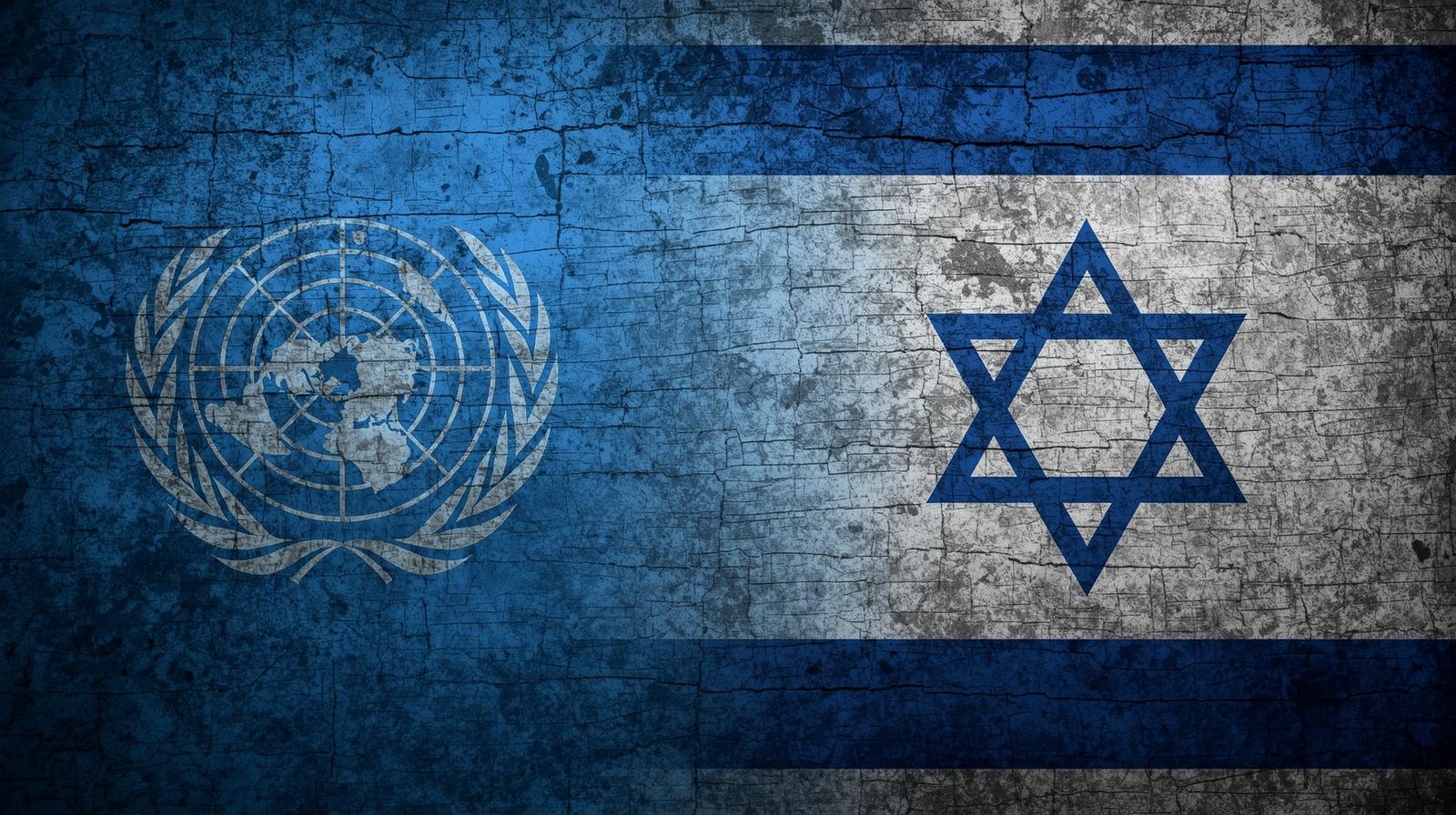by Michael Pushenko
On August 31, 2025, ‘Reporters Without Borders’ revealed a coordinated media campaign engaging over 250 media outlets across 70 countries to simultaneously publish articles condemning Israel for the killing of so-called “journalists.” In time for media cycles on September 1, 2025, pre-determined stories were shared among them to ensure a unified narrative of condemnation against Israel.
Purpose of the Campaign
The coordinated publications are not acts of independent journalism. Rather, they represent a calculated effort to increase political pressure on international leaders ahead of the forthcoming United Nations General Assembly conference on the Israel-Palestine two-state solution. This is not neutral reporting; it is the promotion of a political agenda, regardless of factual accuracy.
Central to the media’s claims is the reference to Article 79 of Additional Protocol I to the Geneva Conventions, which affirms the protected civilian status of journalists during armed conflict. Yet Article 79(2) explicitly conditions this protection on journalists refraining from direct participation in hostilities. Once a journalist engages in combat or engages in the armed groups’ operations, the legal protection afforded to civilians no longer exists. Nor is Israel a signatory to Additional Protocol I.
“Journalists”?
Since the Hamas attacks on 7 October 2023, repeated claims have been made that Israel has killed a large number of journalists. These assertions have been amplified by news media around the world. However, investigations reveal that many of the individuals described as journalists were in fact members of Hamas or affiliated organisations.
To name a few: Anas al-Sharif, publicly identified as the head of a Hamas terrorist cell. Ismail Abu Omar filmed himself directly participating in the 7 October massacre. Abdallah al-Jamal, who was listed as a journalist for Al Jazeera, simultaneously acted as a Hamas operative, implicated in holding Israeli hostages at his family home. Hossam Basel Abdul Karim Shabat, another Al Jazeera ‘journalist’ who wore a press vest, was affiliated and trained with Hamas. Ismail al-Ghoul, who used his journalist experience, instructed operatives on how to record and publicise attacks against IDF troops and was a part of the military wing.
These individuals were not neutral observers; they were operatives of Hamas. The press label served to shield them from military action as “protected persons.” International humanitarian law is clear, though: those directly participating in hostilities lose their civilian protection, including journalists.
Restrictions on Media Access in Conflict
Limiting or barring journalists from active combat zones is not unlawful, nor unheard of. During the battles of Mosul, the American military barred journalists as they fought ISIS; similarly, the American military refused to let in journalists into Fallujah, Iraq, during key military operations. Therefore, preventing journalists from entering the frontlines is not unheard of.
Journalists’ access is particularly dangerous in Gaza due to Hamas’ systematic use of civilian disguises, including press uniforms, to mask their military personnel. Permitting journalists to the front-line, then, risks not only the lives of the reporters but those of soldiers and the success of hostage-recovery operations, that function on a level of secrecy.
Journalists pose threats to operational secrecy and military objective by compromising sensitive information, exposing troop movements and tactics, increasing civilian harm, or inadvertently aiding hostile forces. These grounds are sufficient to restrict journalists from roaming the frontlines. However, journalists have been granted access, under the supervision of the IDF, to observe humanitarian aid operations, a fair distance away from active warfare.
Undermining Journalistic Integrity
The mass, pre-planned publication of coordinated agenda-driven disinformation is a profound threat to journalistic independence. Genuine journalism is rooted in independent inquiry and critical scrutiny. A simultaneous, scripted campaign across 250 outlets is political advocacy disguised as reporting.
By misrepresenting combatants as journalists and by selectively citing international law without context, this campaign not only misinforms the public but also undermines the credibility of journalism itself. Worse still, it manipulates us.



